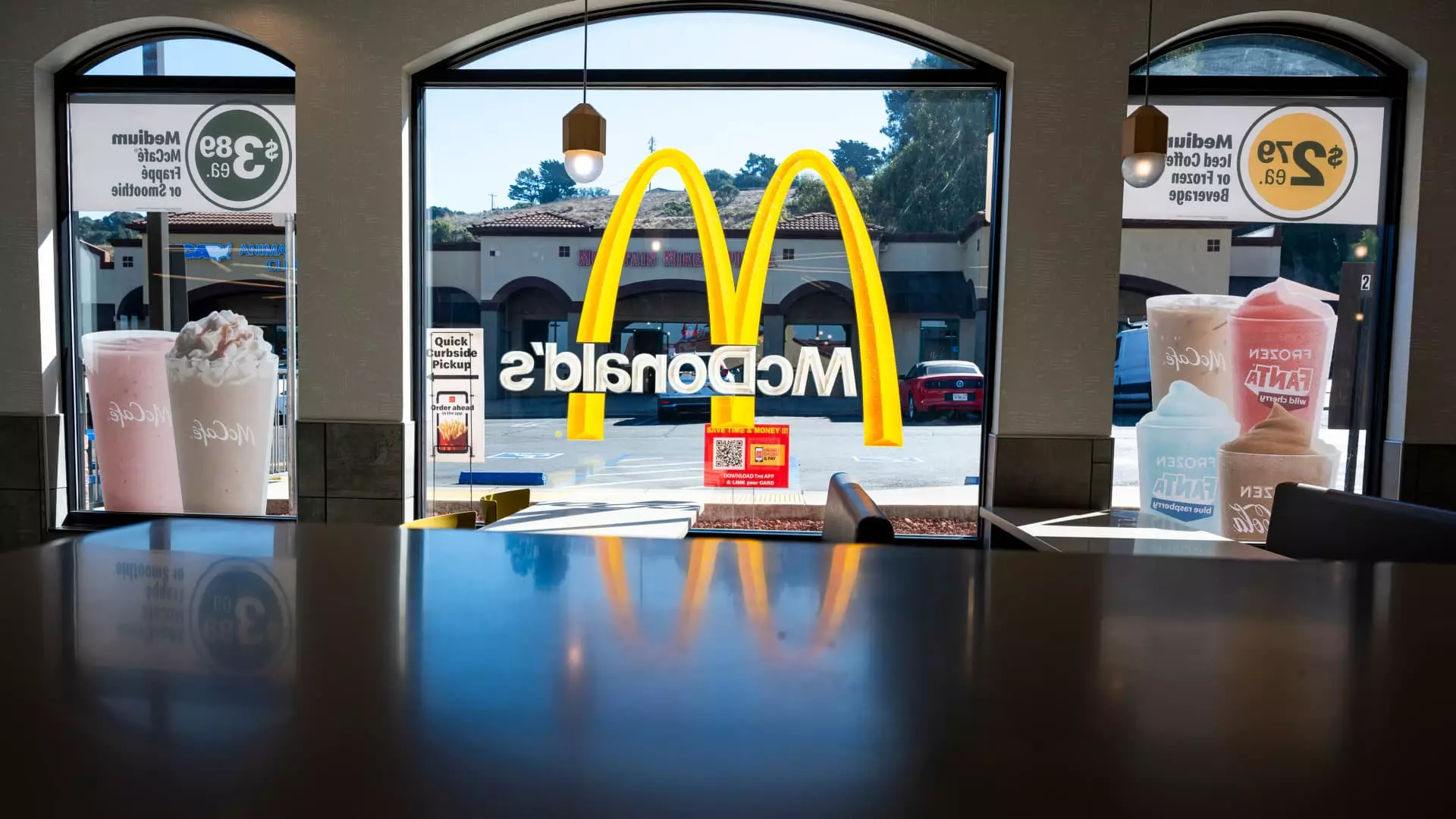The restaurant industry is constantly evolving, navigating economic fluctuations and changing consumer preferences. As we step into 2025, rapid changes are at the forefront due to inclement weather, changing consumer behavior, and economic uncertainty. This article delves deep into the dynamics influencing the restaurant sector and how key players are strategizing to overcome these challenges.
The start of 2025 has been marred by an alarming combination of adverse weather conditions and market unpredictability. Freezing temperatures and wildfires have significantly impacted restaurant traffic. Executives from leading chains like Burger King and Popeyes report that these factors have deterred customers from dining out, leading to initial declines in sales. The weather is more than just an inconsequential factor; it becomes a pivotal determinant in consumer dining habits.
Notably, a trend does emerge in the last quarter of 2024 where many establishments experienced sales growth prompted by a focus on value-driven offerings. These strategies succeeded in luring back diners who had previously chosen the convenience of home-cooked meals. However, this growth is not a panacea as January’s traffic witnesses a noticeable dip, with companies such as Wendy’s citing external conditions and consumer hesitancy as critical contributors.
Advertising value propositions and promos during winter months may not suffice if unexpected weather events divert consumer attention away from dining out. Thus, the combination of weather unpredictability and cautious consumer behavior creates a challenging landscape for chain restaurants trying to sustain sales growth.
One cannot underestimate the role of consumer sentiment in the restaurant sector. January brought with it fears of inflation, which escalated consumer reluctance to spend. Recent data indicated that U.S. consumer sentiment had moreover plummeted, hitting its lowest in seven months as households grappled with rising costs and uncertainty about the economy.
Industry insiders like Doug Fry, the President of Subway U.S., articulate the cautious mood among consumers, emphasizing a desire for quality and value. Consumers appear to be in a holding pattern, waiting to reassess their spending after significant inflationary pressures have increased the cost of living. This overall wariness accentuates the importance of creating offerings that strike the right balance between quality and affordability, ultimately influencing the success or failure of many restaurant chains in the upcoming months.
As the industry continues to analyze traffic patterns, it’s essential to consider how the sector fared in the previous year. Many chains suffered from negative traffic trends that characterized the industry, except for a few isolated months of success. Despite January being typically associated with cold weather, extraordinary disruptions—including unprecedented wildfires—facilitated a fresh wave of caution among consumers.
Looking ahead, experts predict that comparing year-over-year figures may offer a more favorable outlook as 2025 progresses. Restaurant Brands CFO Sami Siddiqui mentioned the anticipation of a recovery trend due to upcoming seasonal comparisons. The critical question remains: how quickly will restaurant chains be able to rebound from these past adversities?
The recent plight of Chipotle illustrates this struggle well. The company foresaw a potential drop in same-store sales as they face stricter comparisons due to last year’s promotional successes. Yet, a common thread of optimism exists among chain executives, suggesting that the latter half of the year will present better circumstances as promotions and seasonal offerings sway consumer traffic.
As chains grapple with fluctuating sales figures and consumer hesitance, some strategize aggressive repositioning to retain value. McDonald’s, for instance, presumes that its sales will rebound by the second quarter post-E. coli outbreak. Looking ahead, if consumer health strengthens, it could yield an upward trajectory for chains like McDonald’s, especially among lower-income consumers.
Equally, Starbucks finds itself in uncharted waters as it fails to meet sales expectations. With a sporadic downturn in same-store sales over multiple quarters, the coffee chain is projecting a long road to recovery. By suspending its forecasts, Starbucks is taking necessary steps to reevaluate and adapt its strategies to better align with shifting consumer preferences.
The overall landscape for the restaurant industry in 2025 remains a cliffhanger. Weather patterns and economic sentiments are dynamically shaping how dining trends play out this year. As chains navigate the choppy waters ahead, those who actively address consumer concerns over value and quality are more likely to sustain growth. The coming months will reveal whether the industry’s robust strategies can translate into a successful recovery amid fluctuating challenges. The focus on value remains paramount, as does the necessity for adaptability in the face of unpredictable market forces.

